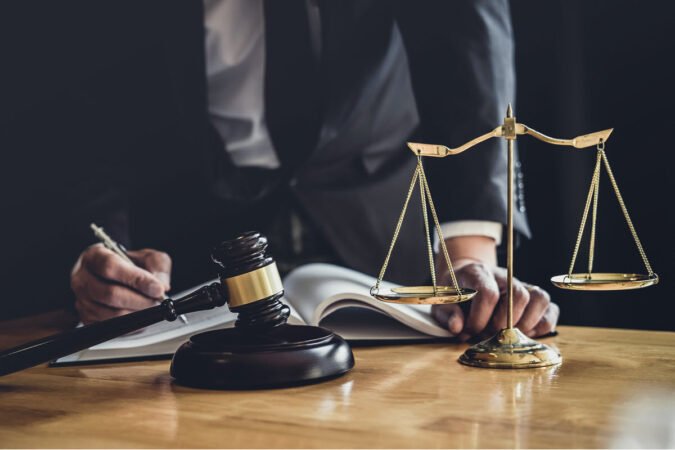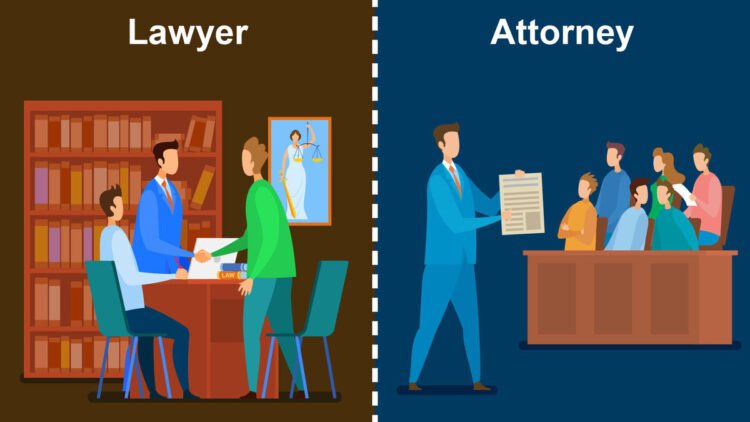
- Digital Copyright Management Systems: Safeguarding Intellectual Property in the Digital Age
- Table: Common Approaches to Digital Copyright Management
- Conclusion
-
FAQ About Digital Copyright Management Systems
- What is a digital copyright management system (DCMS)?
- How do DCMSs work?
- Why are DCMSs used?
- How do DCMSs affect consumers?
- Are DCMSs effective?
- What are the limitations of DCMSs?
- What are the concerns about DCMSs?
- How can I ensure compliance with DCMSs?
- What should I do if I believe my copyright has been infringed by a DCMS?
- Are there any alternatives to DCMSs?
Digital Copyright Management Systems: Safeguarding Intellectual Property in the Digital Age
Hello readers,
Welcome to our comprehensive guide on digital copyright management systems (DCMSs)! In this modern digital landscape, where intellectual property (IP) is more valuable than ever, DCMSs play a critical role in protecting the rights of creators and safeguarding the integrity of their works.
Understanding Digital Copyright Management Systems
DCMSs are sophisticated technological frameworks that monitor, control, and protect the distribution and use of copyrighted material. They encompass a wide range of tools and measures designed to prevent unauthorized copying, sharing, or modification of digital content.
Implementation and Functioning
DCMSs are typically implemented through a combination of hardware, software, and protocols. They operate by embedding digital rights management (DRM) information within the content itself. This DRM information specifies the usage rights and limitations associated with the content, such as the number of times it can be copied or the devices on which it can be played.
Applications in Different Industries
DCMSs find widespread application across various industries that rely heavily on digital content, including:
- Entertainment: Protecting movies, music, and games from piracy
- Publishing: Safeguarding copyrighted books, journals, and other written works
- Software: Ensuring the licensed use of software and preventing unauthorized distribution
Role in Protecting Creators’ Rights
The primary purpose of DCMSs is to protect the rights of creators and ensure they receive fair compensation for their work. By regulating the use of copyrighted content, DCMSs help prevent unauthorized duplication and distribution, which can result in loss of revenue and infringement of intellectual property laws.
Balancing Consumer Access and Creator Protection
While DCMSs are essential for protecting creators’ rights, they must also strive to balance consumer access and convenience. Some DCMSs can restrict the ways in which consumers can access and enjoy digital content, potentially affecting their viewing or listening experience.
Technological Advancements and Challenges
The field of DCMSs is constantly evolving, with new technologies and solutions emerging to address evolving challenges. However, these advancements also bring new complexities and ethical questions, such as the potential for DRM circumvention techniques and the impact on freedom of information.
Table: Common Approaches to Digital Copyright Management
| Approach | Description | Examples |
|---|---|---|
| Watermarking | Embedding imperceptible marks within the content to identify unauthorized copies | Steganography |
| Encryption | Encoding content in a way that prevents unauthorized access without a key | AES-256 |
| Digital Rights Management (DRM) | Embedded technology that controls the use of content based on predefined rights | FairPlay, Widevine |
| Digital License Management | Issuing licenses that grant specific usage rights for digital content | Adobe Digital Editions |
| Forensic Watermarking | Embedding invisible marks within the content to aid in tracing unauthorized copies | Digimarc |
Conclusion
Digital copyright management systems are indispensable tools for safeguarding intellectual property and ensuring the fair treatment of creators. By understanding the various aspects of DCMSs, we can appreciate their importance and engage in informed discussions about their role in balancing creator protection and consumer access.
For further exploration of this topic, we invite you to check out our other articles on copyright law, intellectual property management, and the impact of technology on the creative sector. Together, let’s navigate the complexities of the digital age and support the thriving of creative industries!
FAQ About Digital Copyright Management Systems
What is a digital copyright management system (DCMS)?
A DCMS is a technology or tool used to protect and manage the rights of copyright holders in the digital environment. It helps prevent unauthorized distribution and use of copyrighted content.
How do DCMSs work?
DCMSs use various techniques, such as encryption, watermarking, and access control, to restrict access to copyrighted material and track its usage.
Why are DCMSs used?
DCMSs are used to protect intellectual property, prevent piracy, and ensure that copyright holders receive fair compensation for their work.
How do DCMSs affect consumers?
DCMSs can impact consumers by restricting access to certain copyrighted content or requiring additional steps to access it. However, they also help ensure that creators receive fair compensation for their work.
Are DCMSs effective?
DCMSs can be effective in reducing piracy and protecting copyrighted content, but they can also hinder legitimate access and use.
What are the limitations of DCMSs?
DCMSs can be costly to implement and may not be fully effective in preventing all forms of piracy. They can also create compatibility issues and impact fair use exceptions.
What are the concerns about DCMSs?
Critics argue that DCMSs can limit access to information, stifle creativity, and create a monopoly for copyright holders.
How can I ensure compliance with DCMSs?
It’s important to understand the terms of use and licensing agreements associated with copyrighted material. Seek guidance from legal counsel or copyright experts to ensure compliance.
What should I do if I believe my copyright has been infringed by a DCMS?
If you believe your copyrighted work has been used without your permission, you should contact the copyright holder and explore legal options to protect your rights.
Are there any alternatives to DCMSs?
Yes, there are alternative approaches to copyright protection, such as open-source licensing, fair use guidelines, and educational campaigns to promote respect for intellectual property.





